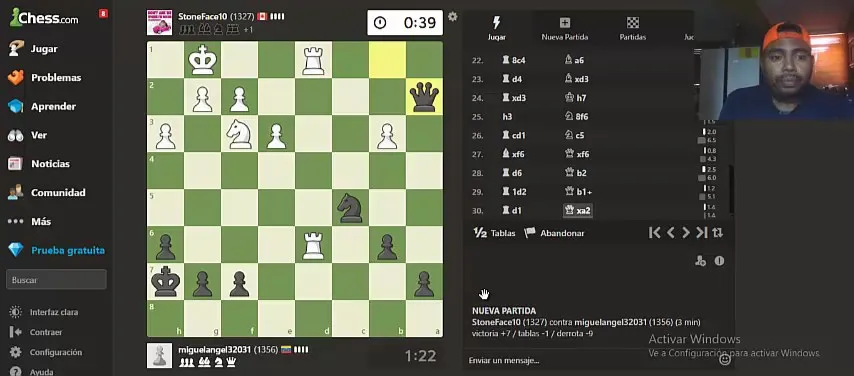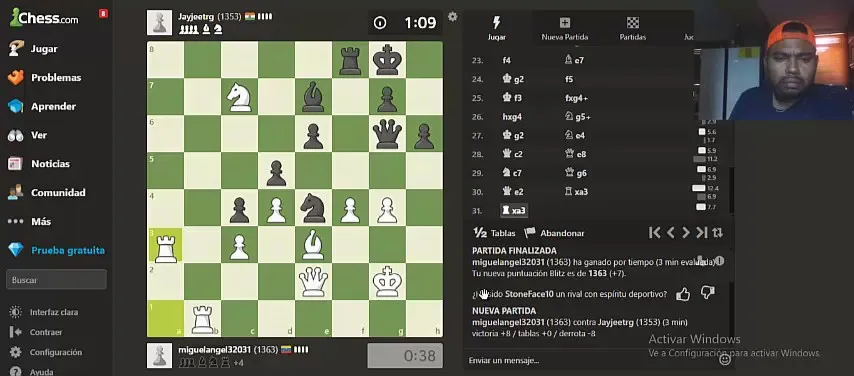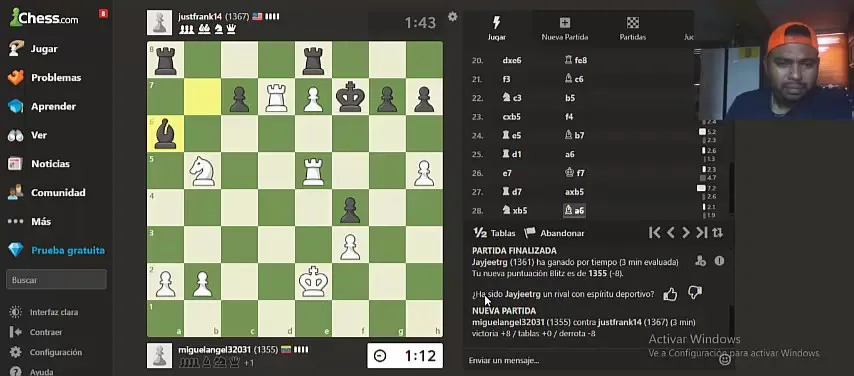El equilibrio de material en el ajedrez se refiere a una situación en la que ambos jugadores tienen una cantidad equivalente de piezas y peones, lo que significa que no hay una ventaja material clara para ninguno de los dos. Este concepto es fundamental en el juego, ya que una ventaja material significativa, como tener una pieza extra, puede ser decisiva en el resultado de la partida.

Existen diferentes tipos de equilibrio de material, que pueden ser clasificados como dinámicos o estáticos. El equilibrio dinámico puede implicar que un jugador tenga una ventaja material, pero que el otro jugador tenga compensaciones estratégicas, como una mejor posición o más oportunidades tácticas.

Por otro lado, el equilibrio estático se refiere a situaciones donde ambos jugadores tienen un valor de material igual y no hay ventajas tácticas inmediatas.
El equilibrio de material es crucial porque puede influir en las decisiones estratégicas de los jugadores. Por ejemplo, si un jugador tiene una ligera ventaja material, puede optar por intercambiar piezas para simplificar la posición y aumentar sus posibilidades de ganar Sin embargo, el equilibrio también puede ser perturbado por errores tácticos o estratégicos, lo que puede llevar a una ventaja para uno de los jugadores.

En resumen, el equilibrio de material es un concepto esencial en el ajedrez que afecta tanto la estrategia como la táctica del juego. Comprender cómo manejar el equilibrio y cuándo buscar cambios de material puede ser la clave para obtener una ventaja en la partida. Cada imagen usada en esta descripción me pertenece en su totalidad la página donde llevo a cabo mis partidas es chess.
Now in english.
Material balance in chess refers to a situation in which both players have an equivalent amount of pieces and pawns, which means that there is no clear material advantage for either player. This concept is fundamental in the game, since a significant material advantage, such as having an extra piece, can be decisive in the outcome of the game.

There are different types of material balance, which can be classified as dynamic or static. Dynamic equilibrium may involve one player having a material advantage, but the other player having strategic compensations, such as a better position or more tactical opportunities.

On the other hand, static equilibrium refers to situations where both players have equal material value and there are no immediate tactical advantages.
Material balance is crucial because it can influence players' strategic decisions. For example, if a player has a slight material advantage, he may choose to exchange pieces to simplify the position and increase his chances of winning However, the balance can also be disturbed by tactical or strategic errors, which can lead to an advantage for one of the players.

In summary, material balance is an essential concept in chess that affects both the strategy and tactics of the game. Understanding how to manage balance and when to look for material changes can be the key to gaining an advantage in the game. Every image used in this description belongs to me in its entirety the site where I conduct my games is chess.

▶️ 3Speak
